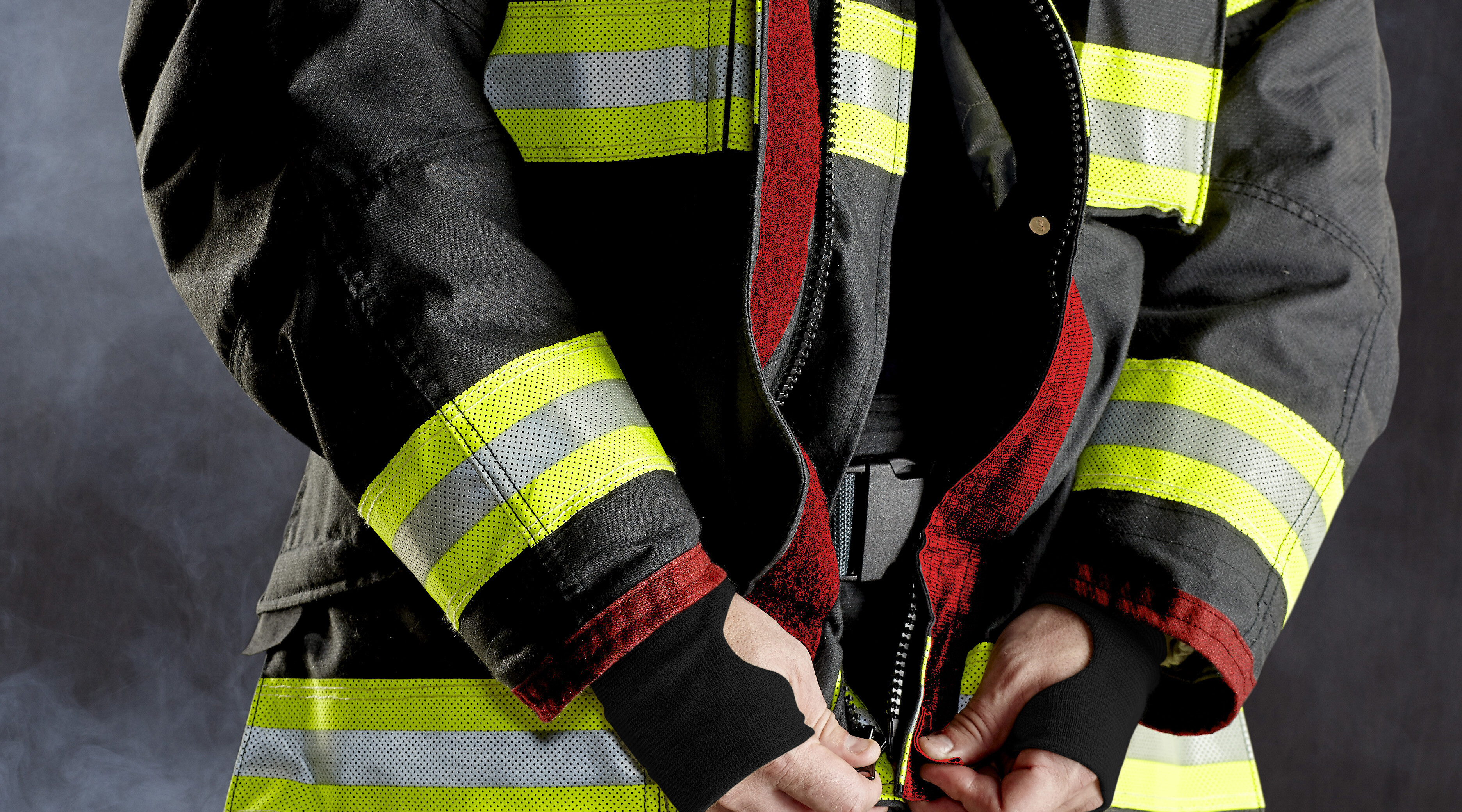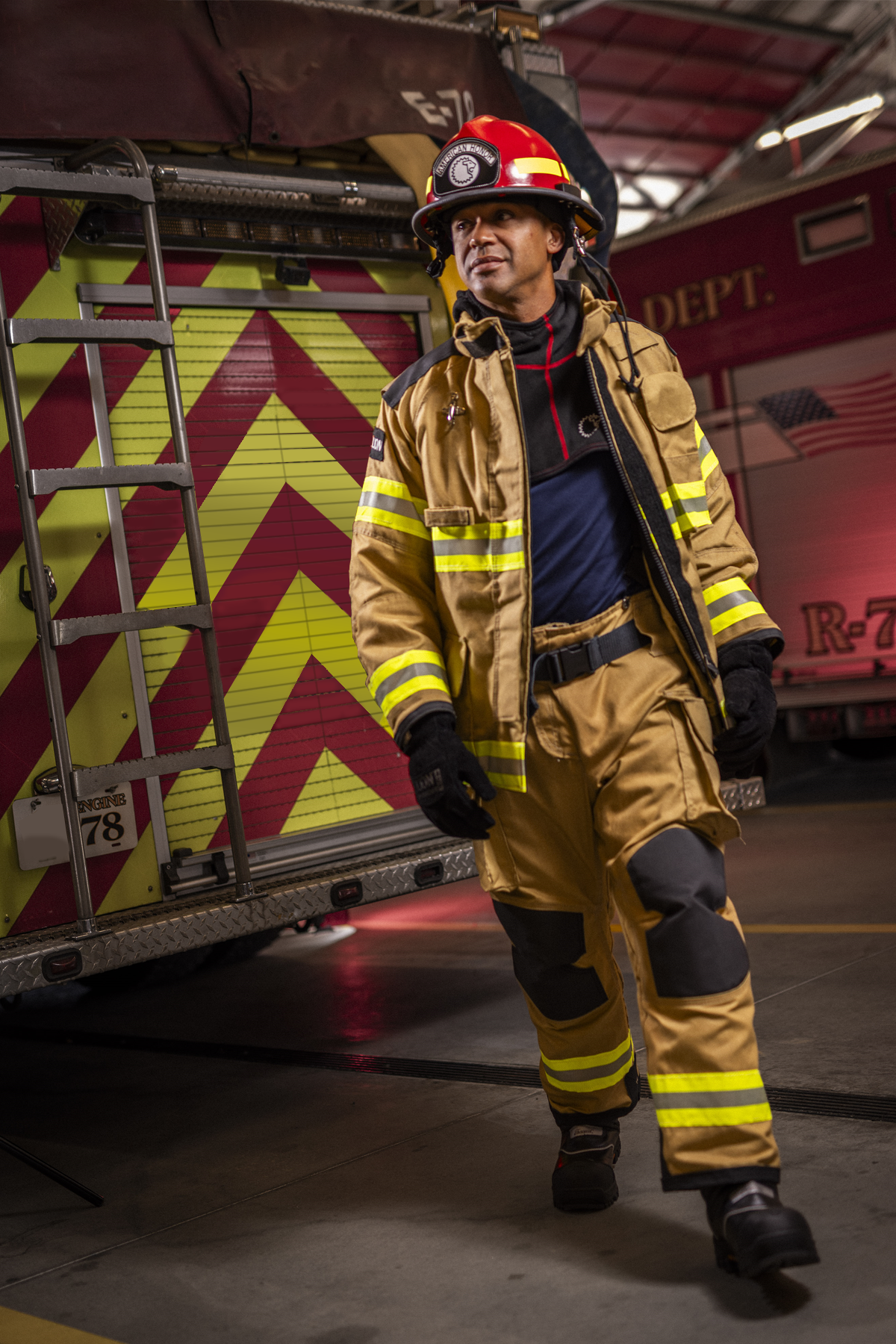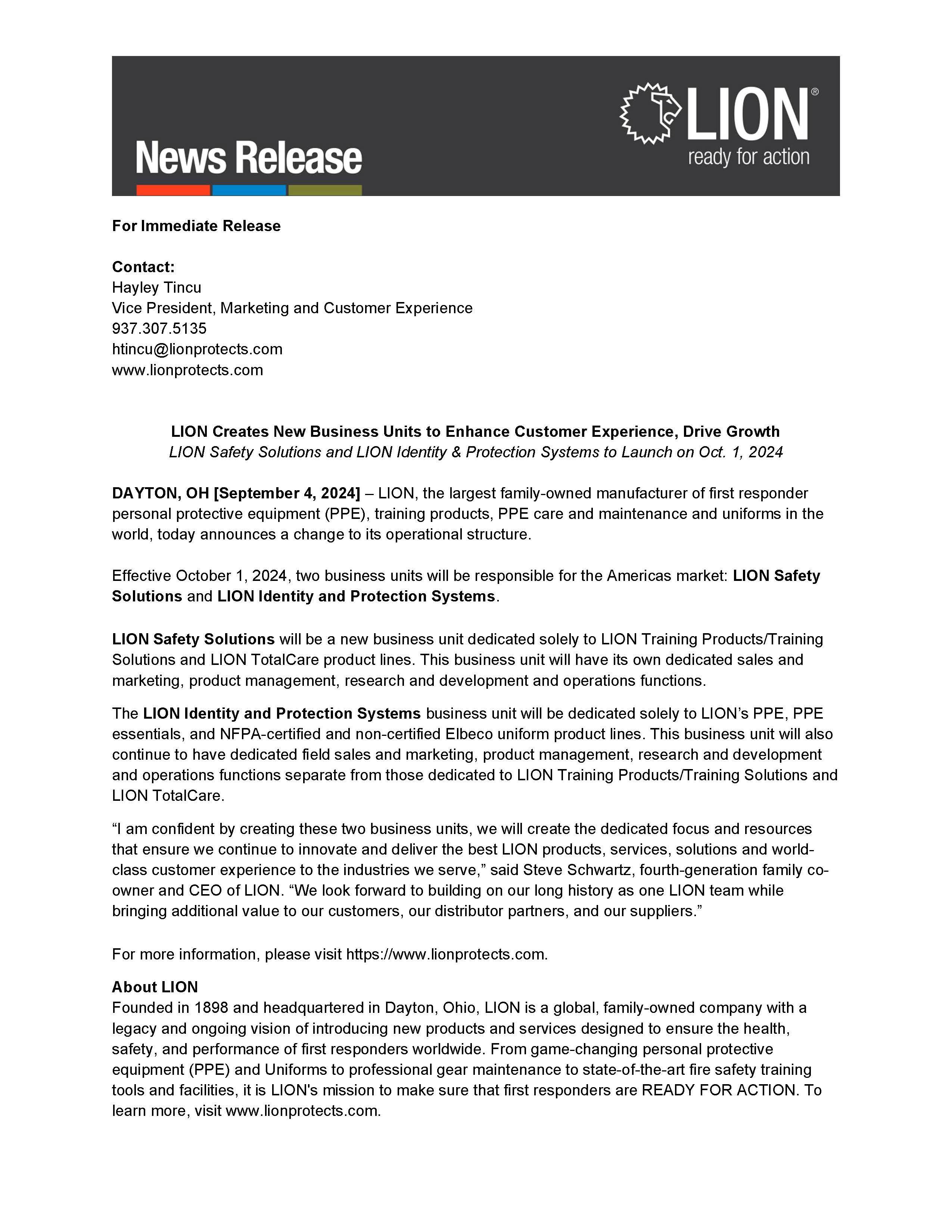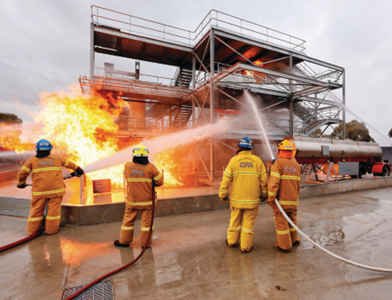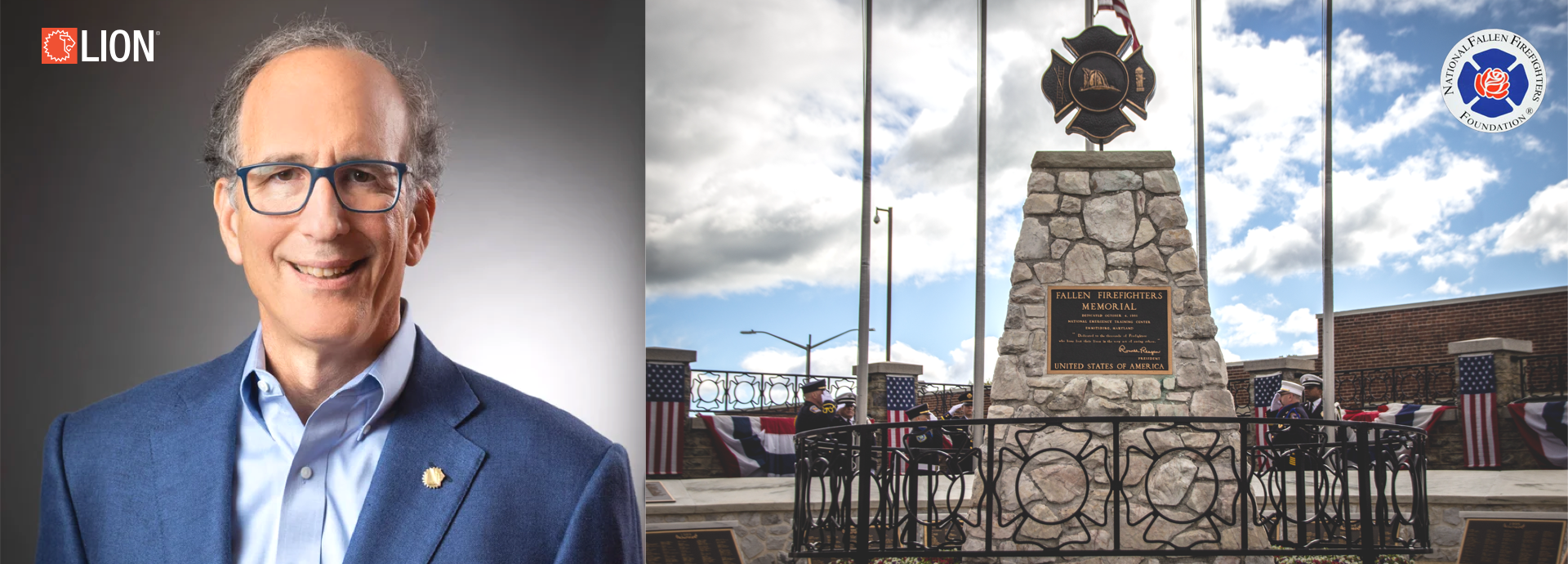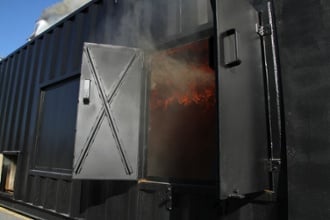Welcome to the Fourth installment of our blog series Focusing ON strategies for sustainable investment: planning for scalability, integrating flexible technologies, and maintaining ongoing cost efficiency.
May 31, 2024 | Ray Pérez-Pearson, Sr. Director, Marketing – International Markets
Concluding our series on strategic considerations for new firefighter training facilities in Latin America, this fourth blog post emphasizes maximizing the investment in these crucial educational ecosystems. To read our first three blogs in the series, visit- Part 1, Part 2, and Part 3. Beyond the initial setup, the focus here is on ensuring that training facilities remain adaptable and efficient in the face of future advancements and community needs. We will discuss strategies for sustainable investment, including planning for scalability, integrating flexible technologies, and maintaining ongoing cost efficiency. This approach guarantees that facilities continue to meet the evolving demands of fire and emergency services, providing lasting benefits to the regions they serve.
Maximizing the Investment: A Comprehensive Approach
Initial Costs vs. Total Cost of Ownership: Understanding and planning for both the initial costs and the total cost of ownership (TCO) is crucial. The TCO encompasses ongoing expenses such as maintenance, technology updates, and training program updates. Forward-thinking budget planning can mitigate future financial strains, ensuring the facility remains at the forefront of firefighting training without unforeseen financial burdens. Keep in mind that opting for the least expensive solution initially might lead to higher costs throughout the project's life. To better understand the TCO, it is advisable to ask about maintenance plans, the price of service visits, and the costs associated with common repairs. Additionally, consider facilities that provide remote access for maintenance. This feature enables qualified technicians to remotely troubleshoot, diagnose, or resolve issues, potentially eliminating the need for immediate in-person service calls and thus minimizing downtime and associated costs.

Training Props and Tactics Alignment: Ensuring that training props and scenarios reflect the department's firefighting tactics, whether aggressive or conservative, enhances the relevance and applicability of training. The facility should be designed to simulate the specific fire and emergency risks present within the community it serves, allowing for targeted and practical training experiences.


Data Gathering for Continuous Improvement: Post-training analysis is a critical component of firefighter training that significantly enhances the learning experience and overall effectiveness of the evolution. Facilities equipped with the capability to gather specific data, such as temperature changes during an evolution, provide invaluable insights that can be used during debriefing sessions. This data allows instructors and trainees to objectively review the performance, understand the impact of their actions on the fire ground, and identify areas for improvement. Moreover, the integration of computerized control systems in training structures brings additional benefits. These systems permit instructors to individually access and control training variables, ensuring tailored training experiences that meet specific learning objectives. The accountability provided by such systems also enhances the quality of training by ensuring that each session can be meticulously planned, executed, and reviewed, fostering an environment of continuous improvement and precision in training methods.

Planning for Future Expansion: While in the initial planning phases, it is helpful to engage in pre-build consultations to discuss potential future expansions, changes in community risks or training objectives and technological advancements. In some cases, structures and wiring can be added during the initial stages that can reduce the financial burden of later enhancements. These thoughtful conversations ensure the facility remains adaptable and future-proofAs we conclude our series on strategic considerations for new firefighter training facilities in Latin America, we reflect on the essential principles covered in our discussions: finding cost-effective solutions for budget constraints, investing wisely in technology, and always prioritizing firefighter safety. This final installment has focused on maximizing the investment in these crucial educational ecosystems by ensuring the facilities are adaptable, efficient, and capable of evolving with future advancements and community needs.
We invite you to join us in future discussions and insights as we continue to explore ways to enhance and optimize firefighter training facilities. Your engagement is crucial as we strive to develop solutions that ensure the safety, efficiency, and preparedness of our brave firefighting teams. Stay tuned for more in-depth analysis and expert guidance in future blog entries, where we will delve into new topics relevant to the ever-evolving field of firefighter training. Thank you for your continued interest and participation in this vital conversation.
Popular posts
